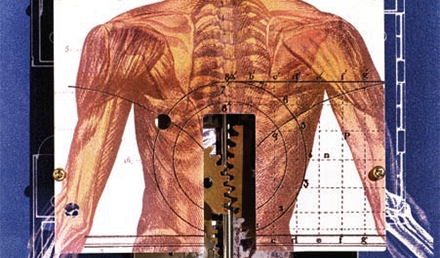New data published in Pharmacoepidemiology & Drug Safety remind us about the dangers of pain medications—not opioids this time, but over-the-counter drugs like ibuprofen. After acetaminophen, it’s the second-most used drug in the U.S., and the most commonly used nonaspirin NSAID. Many patients are using excessive dosages, however, putting themselves at risk for dose-related side effects (eg, upper gastrointestinal bleeding and acute renal injury) that can be quite severe or even fatal. The P&DS research …
Read More

